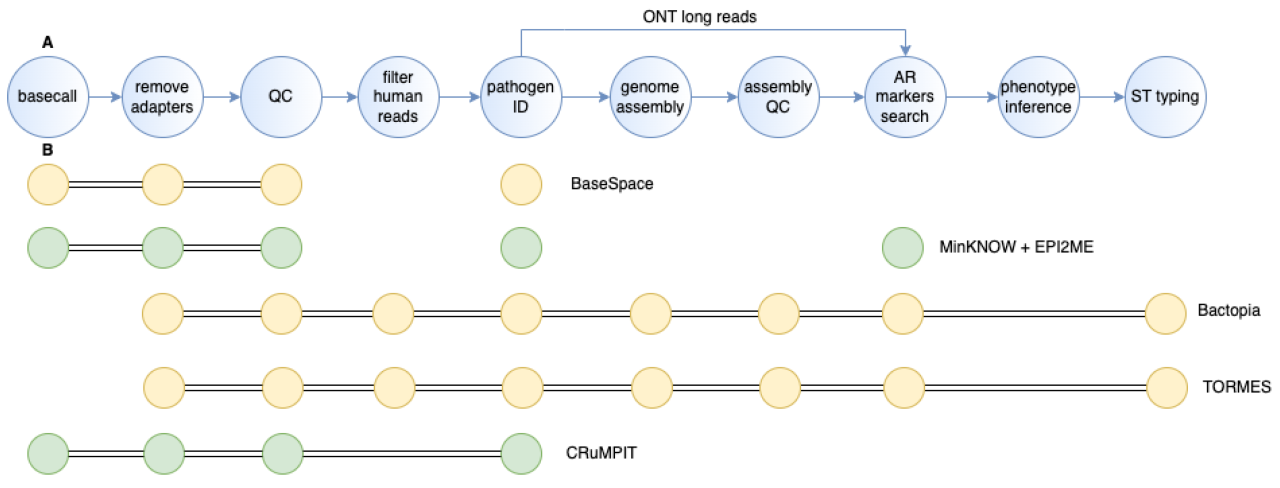China Calls HMPV Outbreak ‘Winter Occurrence’, India Says ‘Don’t’ – this headline highlights a stark disagreement over the severity of a recent human metapneumovirus (HMPV) outbreak. While China attributes the surge to typical winter seasonality, India expresses significant reservations. This difference in assessment raises crucial questions about data interpretation, public health responses, and the potential for international spread of this respiratory virus.
We’ll delve into the contrasting perspectives, examining the scientific evidence and geopolitical factors at play.
The discrepancies between China and India’s assessments stem from several factors. Differences in surveillance systems, data reporting practices, and even the strains of HMPV involved could all contribute to the contrasting views. Additionally, political and economic considerations might influence how each nation chooses to frame the outbreak’s significance. Understanding these nuances is critical to accurately assessing the global risk posed by this HMPV surge.
China’s HMPV Outbreak and India’s Response: A Comparative Analysis: China Calls HMPV Outbreak ‘Winter Occurrence’, India Says ‘Don’t

The recent increase in Human Metapneumovirus (HMPV) cases in China has sparked debate regarding the virus’s severity and potential for global spread. India’s comparatively muted response highlights contrasting perspectives on the outbreak’s significance, raising questions about data reporting, public health infrastructure, and geopolitical influences.
China’s HMPV Outbreak Characterization
Reports suggest a surge in HMPV infections across several Chinese provinces during the winter months. While precise figures remain debated, the outbreak appears to have disproportionately affected children and the elderly, mirroring typical HMPV patterns. Official responses have focused on bolstering healthcare resources and promoting preventative measures. The timeline of the outbreak and official responses is still emerging, with information subject to ongoing updates.
The following table compares reported symptoms from the Chinese outbreak with typical HMPV symptoms:
| Symptom | Frequency (China) | Severity (China) | Typical Severity |
|---|---|---|---|
| Cough | High | Variable, potentially severe in vulnerable populations | Mild to moderate |
| Fever | Moderate to High | Mild to moderate | Mild to moderate |
| Runny Nose | High | Mild | Mild |
| Shortness of Breath | Low to Moderate | Potentially severe in vulnerable populations | Rare, typically mild |
| Wheezing | Low to Moderate | Potentially severe in vulnerable populations | Mild to moderate, more common in young children |
India’s Response and Contrasting Perspectives, China Calls HMPV Outbreak ‘Winter Occurrence’, India Says ‘Don’t

India’s official stance has been less alarmist compared to some international reactions to the reports emerging from China. This difference in assessment likely stems from a combination of factors, including variations in surveillance systems, data transparency, and differing interpretations of the available epidemiological data. Furthermore, existing public health infrastructure and response capabilities in both countries may influence the perceived threat level.
So, China’s calling the HMPV outbreak a typical winter thing, while India’s basically saying “hold your horses.” It’s a pretty big deal, and honestly, distracting news like the NBA trade rumors, such as checking out Jimmy Butler trade destinations: Potential landing spots for Heat star , are probably the last thing on anyone’s mind right now.
But back to the HMPV – let’s see how this plays out globally.
Potential political and economic factors, such as international relations and the potential impact on trade and tourism, may also play a role in shaping the narrative surrounding the outbreak.
Scientific Analysis of the Discrepancy
Discrepancies in reported case numbers and severity assessments could arise from several sources. Differences in testing methodologies, case definitions, and reporting practices between China and India might lead to variations in the apparent prevalence and severity of the outbreak. Underreporting, particularly in regions with limited healthcare access, is a significant concern. Furthermore, variations in the circulating HMPV strains between the two countries could contribute to different clinical presentations.
A hypothetical research study could involve a comparative analysis of epidemiological data from both countries, using standardized case definitions and statistical modeling to account for potential biases. Genomic sequencing of HMPV strains from both outbreaks would be crucial to determine if there are significant genetic differences that could explain the variations in clinical presentation and severity.
Winter Seasonality and HMPV

HMPV infections are known to exhibit strong seasonality, with a peak incidence during the winter months. This seasonal pattern is influenced by several factors, including decreased immunity due to colder weather, increased indoor crowding, and the stability of the virus in colder, drier air. Past outbreaks in various regions, including North America and Europe, have consistently shown a winter surge in HMPV cases.
- Increased indoor crowding facilitates virus transmission.
- Colder, drier air can prolong the virus’s viability.
- Lower immunity during winter increases susceptibility to infection.
Preventative measures individuals can take during winter to reduce HMPV infection risk include:
- Frequent handwashing
- Avoiding close contact with sick individuals
- Getting vaccinated against influenza (influenza vaccination may offer some indirect protection)
- Practicing good respiratory hygiene
International Health Implications
The differing assessments of the HMPV outbreak in China highlight the importance of robust international surveillance and collaboration. The potential for international spread of HMPV, particularly given increased global travel and trade, necessitates coordinated efforts to monitor and respond to emerging outbreaks. The WHO plays a vital role in coordinating these efforts, providing guidance, and facilitating information sharing between countries.
International collaboration is essential to ensure a timely and effective response to any potential pandemic.
A widespread HMPV pandemic could have significant economic and social consequences. Increased healthcare demands could strain healthcare systems, leading to disruptions in other essential services. Reduced workforce participation due to illness could negatively impact economic productivity. School and business closures could disrupt education and commerce. The overall societal impact would depend on several factors, including the severity of the virus, the effectiveness of public health interventions, and the preparedness of various nations.
Last Point
The differing assessments of the HMPV outbreak in China highlight the complexities of international public health. While China emphasizes the seasonal nature of the event, India’s cautious stance underscores the need for transparent data sharing and robust international collaboration. The potential for global spread, coupled with the inherent uncertainties in predicting viral behavior, necessitates a vigilant approach. Further investigation is crucial to clarify the discrepancies and ensure a coordinated global response to future outbreaks.
Essential Questionnaire
What is HMPV?
Human metapneumovirus (HMPV) is a common respiratory virus that can cause illnesses ranging from mild cold-like symptoms to severe pneumonia, particularly in young children and the elderly.
China’s calling the HMPV outbreak a typical winter event, but India’s urging caution. This is all happening as HMPV cases among children are spiking in China; you can learn more about this respiratory virus by checking out this article: Viral disease HMPV is on the rise among kids in China — what is it? Understanding the virus is key to managing the situation, so the differing responses from China and India highlight the need for careful monitoring and proactive measures.
How is HMPV spread?
HMPV spreads through respiratory droplets produced when an infected person coughs or sneezes.
What are the symptoms of HMPV?
Symptoms are similar to the common cold or flu and can include fever, cough, runny nose, and sore throat. Severe cases can lead to pneumonia or bronchiolitis.
Is there a vaccine for HMPV?
So, China’s calling the HMPV outbreak a typical winter thing, while India’s urging caution. It’s a pretty big deal, and while you’re figuring out what that means, you might want to check out the sports action – Tune In: Virginia Tech vs. Minnesota – before diving back into the HMPV news. Seriously, though, keep an eye on those updates; this could get interesting.
Currently, there is no widely available vaccine for HMPV.
